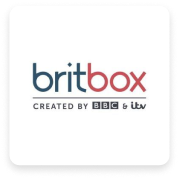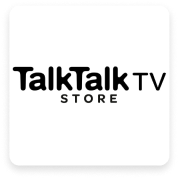So, you want to connect your home theater directly to the Internet of Things—it’s a great idea and is an easy way to take your in-home entertainment to the next level.
Luckily, we can break down the top three methods of bringing the internet directly into your home theater, depending on satellite, cable, or fiber-optic connections. Let’s take a closer look at the benefits and drawbacks involved with each kind of internet for your home theater, and how to best integrate the world wide web into your setup.
Due to the increased availability of video, audio, and other media content that comes with internet access, integrating it into your home theater setup is the next step.
Streaming services for shows and films, access to online gaming servers, and the ability to shuffle through the greatest hits on music sharing platforms—all from the comfort of your home theater setup, complete with a big screen and comfortable recliners.
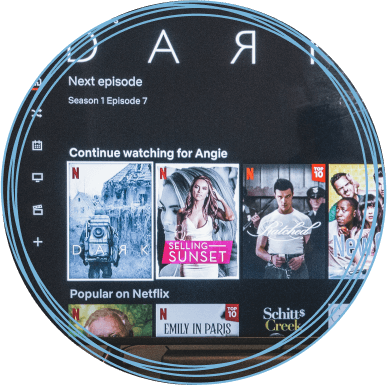
Streaming services for shows and films
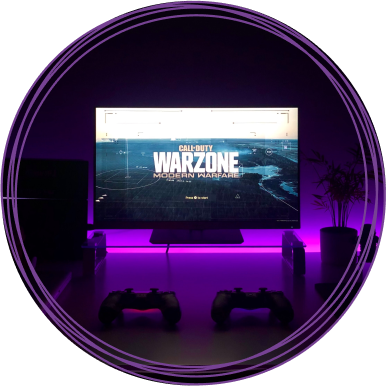
Access to online gaming servers

Greatest hits on music sharing platforms
It sounds like a dream, but it’s entirely possible for you to achieve.
Keep reading for more information on integrating the internet into your home theater system, the benefits and disadvantages of internet types, and much more!
The Benefits of Using the Internet in Your Home Entertainment System
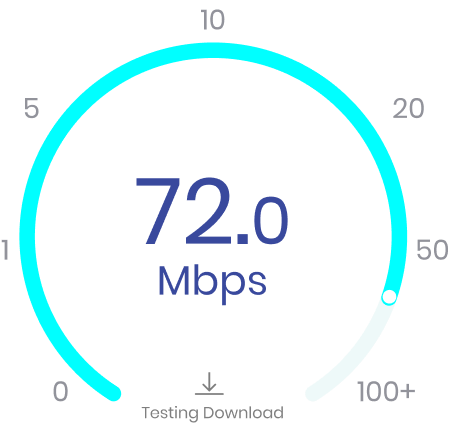
Once you have a reliable internet connection for your home theater,
you suddenly have many more options for what to turn on during movie nights. While typical cable providers have a good variety of TV shows and on-demand titles, the entire world of internet stream-able media relies on the gateway of a good internet connection.
Apart from the obvious perks, adding internet connections into your home theater comes with other benefits, including the following:
Cutting the Cords
By relying on the internet as an entertainment purveyor, people have been able to cut the costs of cable or satellite TV viewing.
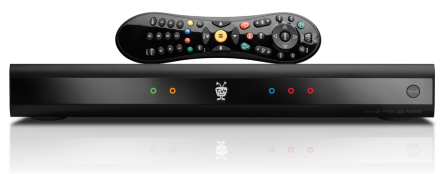
Because most TV service packages tend to come with networks you don’t watch and end up paying for monthly, a lower-priced internet entertainment option might work for you.
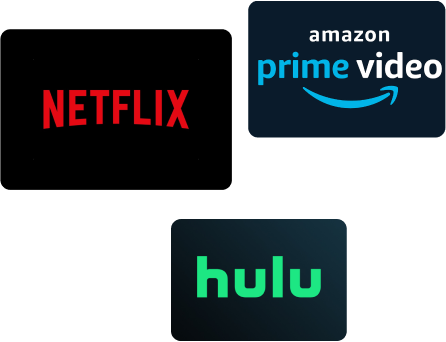
Web-based streaming services like Netflix and Amazon Prime Video offer flexibility and a variety of titles, and if you are looking for a more comparable service to live television viewing, you can find internet TV such as Hulu or Now TV, with live programming and on-demand lineups similar to cable television.
Variety of Streaming Content
On top of using your home theater just for movie-watching, you can use your internet connection for a wide array of other streaming internet services. Tune in to music streaming platforms like Pandora or Spotify and put your surround sound speakers to use; access news sites, pop on a podcast or YouTube video, and enjoy the other services that an internet connection provides.
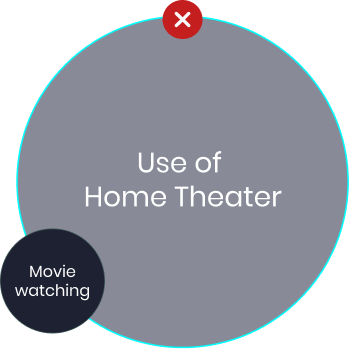
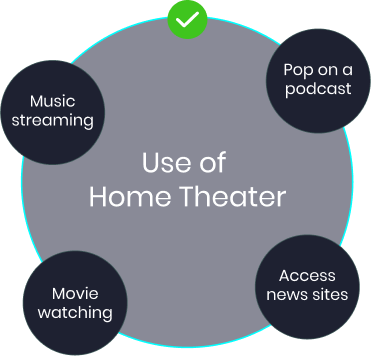
Easy Sharing
On top of accessing streaming content more easily in your home theater, you can also share memories and experiences.
Access online photo storage with your internet connection to screen your own home movie of the latest vacation or family milestone and share your special moments right on your big screen

Parental Blocking and
Internet Access Control
Programming your internet setup with a free parental control service is easy to do, and allows better control over the web access in your home.
Programmable parental blocking can also prevent mobile devices from accessing restricted sites when connected to that Wi-Fi network, so your safety setup will also cover tablets or phones around the house.
With all the options out there for internet connections, it can seem daunting to narrow down the best option for you.
In order to choose the best internet option, let’s take a closer look at the pros and cons of the top three internet types: satellite, cable, and fiber.
Starlink Internet in Your Home Theater
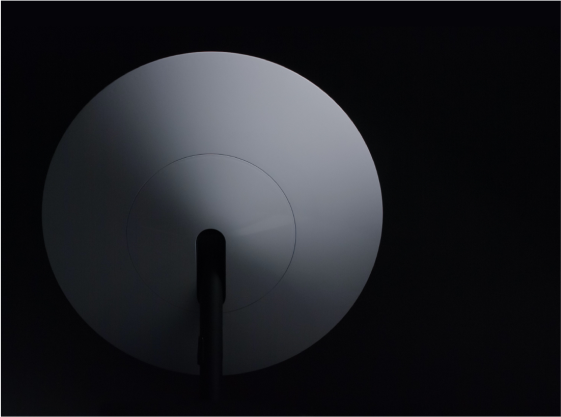
Starlink is one of the newest internet sensations on the market.
Developed by Elon Musk and heralded as the next big thing to shake up the ISP market, Starlink is an exciting option for optimizing your home theater’s connection to the internet.
What is Starlink?
Starlink is a low-latency, broadband internet system that links to the SpaceX satellite system. As a new contender on the market, Starlink is showing good customer reviews and had its last satellite launch in April of 2021.
Developed under Elon Musk’s technological team, Starlink will offer internet access from virtually anywhere on earth via low-Earth orbiting SpaceX satellites.

Because the satellites are in low orbit (only around 350 miles above the Earth’s atmosphere), SpaceX predicts a latency time between 25ms and 35ms.
Why Use Starlink?
So, with all the buzz about Elon Musk’s newest venture in technology, what are the benefits to using Starlink for your internet connection?
Based on early assessments and SpaceX’s preparations to launch a Starlink beta testing program this year, in Canada and parts of the northern United States, Starlink seems to be holding up its end of the bargain.
Testing speeds show that downloads and streaming times are much faster than other internet connections, but upload times are still being assessed.
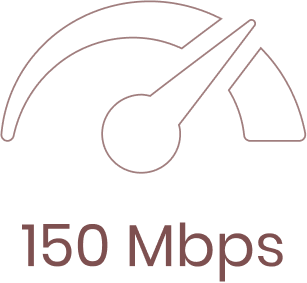
Because it is attached to low-flying satellites, Starlink aims to offer reliable and speedy internet connections to people around the globe, regardless of rural or urban location.
So, even if you are in a more remote location, with Starlink your speeds should rival those of someone who lives in a city high-rise.

Starlink satellite dishes are easy to install, by all accounts. All your dish will need is a clear view of the sky and a secure attachment to your home.
Luckily, SpaceX will ship your Starlink package with all necessary hardware, mounting brackets, and necessary cables, along with the satellite dish and Wi-Fi router.
After installation and powering up, the dish will reorient itself towards the satellites for the most optimal signal. No more waiting for the internet cable guy to come anytime between 9 and 5!
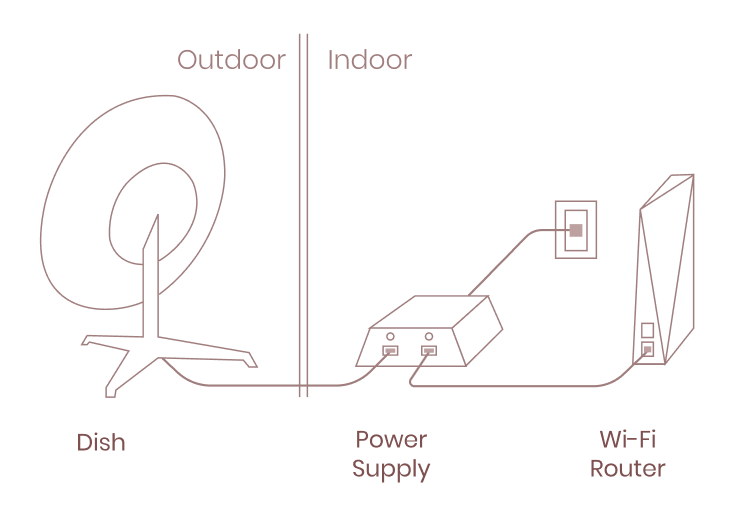
Satellite internet is all but immune to natural disasters. Because grounded internet broadband is laid within the earth, any natural disaster can impede its service. It can take days, and even weeks, to restore cable internet service after a flood, storm, tornado, or wildfire damages the cable. Fixing the internet cables is time-consuming, expensive, and a major hassle for all involved.
However, with satellite internet, as soon as the skies clear up you will have internet again. The dishes are made to withstand climatic weather events, and even if a particular Starlink base station goes down, other hubs will continue the Starlink satellite connection to your home. The wide constellation of geostationary satellites at low orbit all but guarantees a near-constant internet connection, even in cloudy weather.
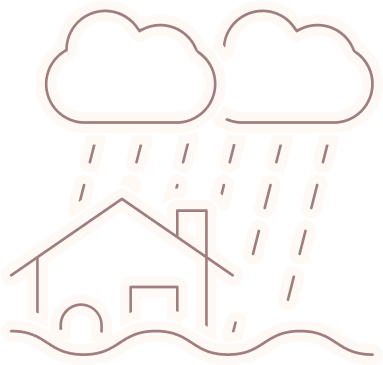
The Cons of Starlink
Starlink might be the next best thing, but what are the drawbacks when it comes to SpaceX’s new internet for your home theater?

When is it Offered?
Though this new internet technology is certainly exciting, there are no set timelines of when it will be available.
Elon Musk has indicated a solid start to private beta testing that will expand out into public beta testing, but as of yet, SpaceX has not given a definitive start date for this service to be offered to all potential users worldwide.
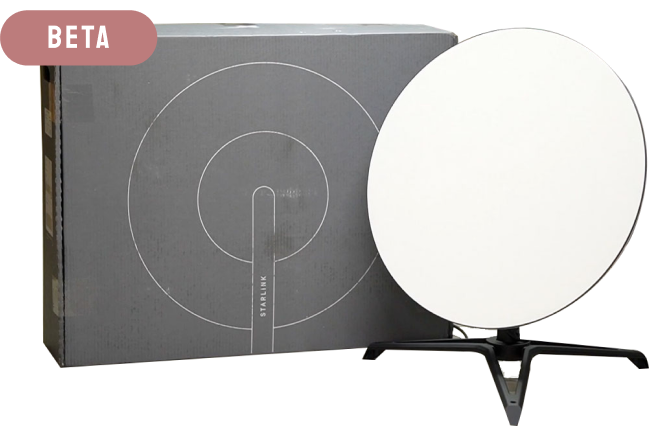
You can always upgrade to Starlink when it’s fully online, though!

The Price of Successful Internet
What about the price tag attached to Starlink? Some users might find it daunting—Starlink pre-orders require customers to budget $99 a month for the service, plus an initial $500 to have the mountable satellite and router installed in your home.
$99 per Month
for the service
$500 advance
other internet services
$35 – $60
per Month
Compared to other internet services that can range from $35 to $60 a month, Starlink is definitely a price increase. However, SpaceX’s president Gwynne Shotwell has said that no plans to add price tiers to Starlink are in place, to keep the service at this base cost for all users.

Speed Versus Availability
While Starlink is on track to revolutionize the availability of the internet to the furthest corners of the world, satellite internet is not yet faster than internet delivered by ground-laid fiber optic cabling.
Fiber optic internet still is the fastest for upload and download speeds, but if Starlink can live up to its promises of lightning-swift speeds via low orbit satellites, fiber optics will have a true contender.
Cable Internet in Your Home Theater
Cable internet uses the same base technology as your cable television provider, relying on a coaxial cable (or “coax”) to transmit the data.
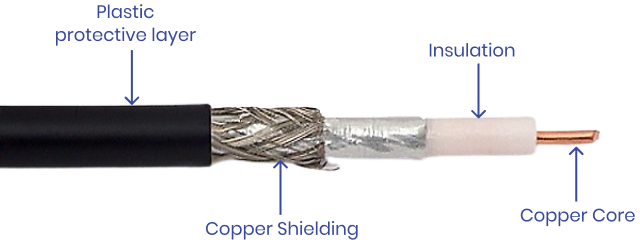
This cable has a copper core, insulated with aluminum, copper shielding, and an outer plastic protective layer.
Because providers allow for bundles of both internet and cable in the same service, you can have a more multipurpose cable setup.
Why Use Cable?
So, what about implementing cable internet into your home theater setup—what kind of benefits can you expect?
Cable internet is a very widely available service.
Being easily accessible is a major plus, with about 89% coverage nationwide in the continental U.S. Basically, if you can access a television network, you can access cable internet. And because of the large web of landlines and television cables in place even in more rural or suburban areas, the availability of cable internet is a common feature.
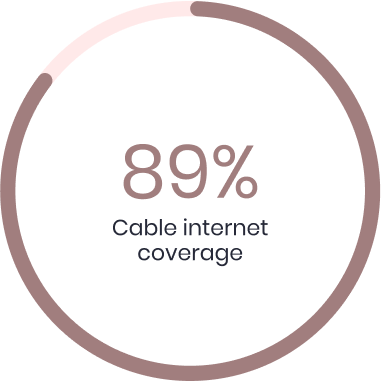
Though the price of other types of internet services has come down, cable internet remains the most cost-effective option for most people. While cable cost is mainly determined by your home’s location, and television and phone services available there, you can choose a bundle that gets you some additional savings.
Typically, there are no installation or activation fees—after signing up with your provider and selecting a package option, all you have to do is plug in your router box and you’re good to go!

The Cons of Cable
Let’s take a closer look at a couple of the cons of using cable internet in your home theater setup.

Prone to Disturbances
If you live in an area with common cable interruptions or electricity outages, cable internet might not be the most reliable source for you.

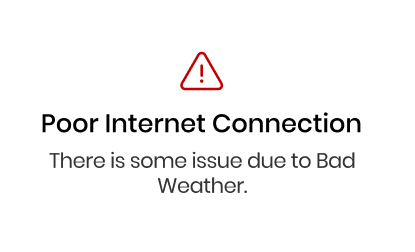
And if you live in an area that is fraught with weather disturbances, such as major flooding or tornadoes, cable internet lines can be impacted drastically, meaning long repair times and the internet being down.

Shared Connection, Lower Speeds
Unfortunately, cable internet does experience lessened speeds for uploading and downloading media and data. The average download speed of cable networks can range from 10 to 500Mbps, while upload averages at 5 to 50Mbps.
Average
Download speed
10 to 500
Mbps
Average
Upload speed
5 to 50
Mbps
Though the general bandwidth of cable networks can accommodate large amounts of downloads, online gaming server connections, and video streaming, it is still a shared network. So, whenever internet traffic is incredibly high online, you will experience slower network speeds—even up to a 25% reduction during peak-use periods in terms of speed fluctuations.
Fiber Optic Internet in Your Home Theater
Before Elon Musk’s new Starlink satellite internet, there was fiber optic internet. Until recently, it was the most advanced arrival to the broadband internet market, optimizing load times and download speeds.
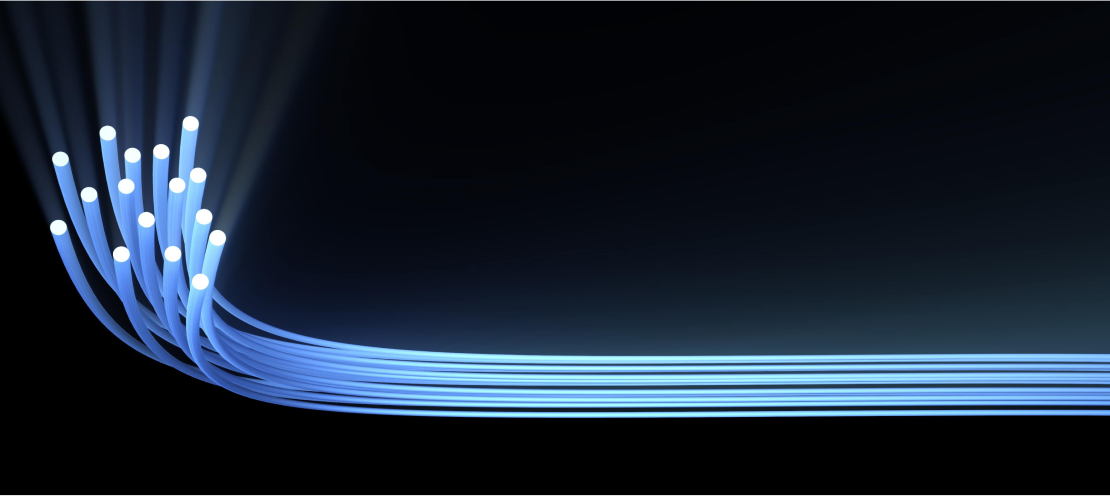
Fiber optic internet is delivered through cables comprised of small and flexible glass strands. These glass strands, or fibers, use light pulses to transmit their information back and forth, instead of electricity.
Why Use Fiber Optic?
Fiber optic internet is a great option for many people and guarantees a strong online connection. So, what other perks can you anticipate from incorporating it into your home?
When it comes to the speed of fiber optic cables, if the phrase “fast as the speed of light” comes to mind, you would be right—fiber optic internet gives searingly fast internet speeds for upload and download. Fiber optic connection speeds vary between 250 and 1,000Mbps, meaning that your service speed will be below 1 Gigabit per second.
Compared to cable internet’s speeds, this is a far cry faster. Additionally, many users can access the fiber optic network at the same time without drastically affecting its overall performance, even during high demand and peak periods.
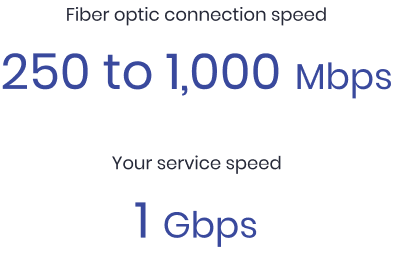
Because fiber optic internet connections do not experience interruptions from any electrical disruptions like their cable counterparts, you will find fiber optic to be a more reliable option.
Users can still access their fiber optic network capabilities even without electricity, due to their makeup of glass fibers instead of electrical filaments, so you can enjoy a near-constant service no matter what. Additionally, this protects your fiber optic internet from fluctuating with power voltages or surges and lowers the risk of electrical-based fires significantly.
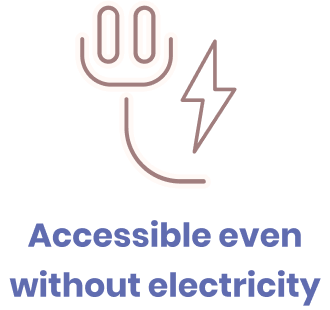
In terms of internet connection, latency is a big deal—latency refers to the time it takes for your internet signal to make the trip from your device to the server, and back again. This affects load times and internet lag, so the lower your latency measurement is in milliseconds (ms), the better your connection.
Fiber internet has a latency speed of around 17ms, which is just over half the latency of cable internet. For most streaming services this won’t make too much of a difference, but for online gamers, it can make or break a match.
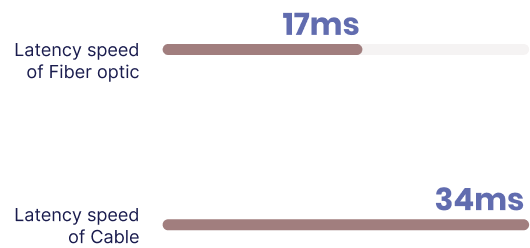
The Cons of Fiber Optic
While fiber optic internet is a great option for most people, there are still some major drawbacks to this kind of network service.

Low Long-term but High Initial Costs
The short-term cost-effectiveness of fiber optic internet can be problematic.
Fiber optic networks are more finicky than cable, so installers with skilled knowledge need to lay it, along with special test equipment for the fiber endpoints and connection nexuses.

Damage Dangers
Because fiber optic internet works at such high power and speed, they are susceptible to something known as “fiber fuse”, a damaging event that happens when too much light comes in contact with an imperfection in the fiber.
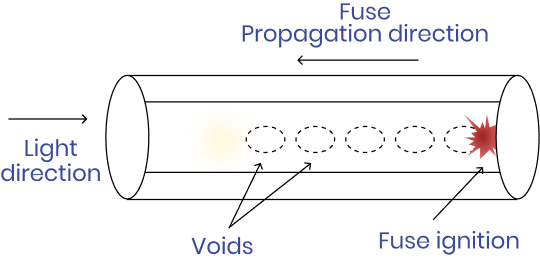
This can destroy long lengths of cable in a surprisingly short time and is difficult to predict.
Plus, diagnosing issues with your fiber optic network can require specialized equipment, so the costs of fixing your network will likely be higher if the cables or fibers themselves sustain damage.
The cables can be easily disturbed by accidents, local disruptions, or renovations. Fiber optics are also susceptible to damage when bending, due to their glass construction, as well as chemical exposure and radiation damage.
Starlink vs Cable vs Fiber: A Visual Internet Overview
| Internet Type | Starlink | Cable | Fiber Optic |
|---|---|---|---|
| Availability |
Most locations on Earth with availability
Most locations on Earth with availability once it is entirely operational. Internet within full satellite range. |
Wide availability but differs across states
Wide availability but differs across states and between providers. Where TV cables are, cable internet is available. |
Not as wide availability, though growing
Not as wide availability, though growing. In 25% of locations and more common in metro areas, though not rural locations. |
| Cost |
Most expensive
$500 initial installation + $99 per month. No tiers or packages for price fluctuations. |
Least expensive
Low or no initial cost, + $40 to $70 per month. Providers offer packages with cable TV for savings |
Median expense
High initial installation cost + $50 to $80 per month. Some tiers for a higher price and better service. |
| Reliability |
Most reliable
Most reliable, due to satellite coverage. Weather disturbances or natural disasters will not have lasting connectivity effects. |
Quite reliable
Quite reliable but affected by electrical factors such as power outages or surges. Natural disasters can cause major damage to cables. |
Very reliable
Very reliable, not affected by electrical fluctuations or most natural forces. Cables are delicate, however, so construction can damage them. |
| Speed |
Likely fastest
Latency projected around 10ms, internet speed around 1Gbps for download and upload. No delays for high usage or prime-time connections. |
Least speedy
Electrical internet connection provides latency time around 20 to 30ms, internet speed around 10 to 500Mbps for download, 5 to 50Mps for upload. Noticeable delays for high usage. |
Middling speed
Light connections for the internet provide a latency of around 17ms, internet speed around 250 to 1,000Mbps for download and upload. Less frequent delays for prime-time use. |
Wondering about the other ways in which an internet connection can be beneficial to your home theater? The following are some ideas on how else to use a connection to the internet within your home theater, besides movie-watching!
Smart TVs
One of the best options for combining your home theater with the internet is by investing in a Smart TV.
You don’t have to worry about turning on anything but the TV when you implement smart technology into your home theater. Most TV brands have a particular smart TV platform, including the following:
| Company | Technology | |
|---|---|---|
|
LG |
WebOS |
|
|
Panasonic |
Firefox TV |
|
|
Samsung |
Titan OS and Samsung Apps |
|
|
Sharp |
AquosNet+ and Smart Central |
|
|
Sony |
Android TV |
|
|
Vizio |
Internet Apps Plus and SmartCast |
Additionally, several TV brands have the ability to incorporate the Roku TV platform, including Haier, Hitachi, Hisense, Insignia, RCA, Sharp, and TCL.
So, if you change TV brands, you run the risk of losing access to some content sources. But current trends point to the growing popularity of smart TVs and the full integration of most brands and models with all internet-enabled content.
Video Gaming
If you have any family members who are into video gaming, particularly for online server matches, a connection to the internet will be a great addition to your home theater setup!

Sit back, power up those controllers, and enjoy a Fortnite or Call of Duty match on the big screen, with easy proximity to snacks.
The faster your broadband and latency speeds, the better the match response time will be, so keep your video gamers in mind when considering internet options for your home theater.
Musical Intervals
Connect those surround sound speakers in your home theater to online music platforms such as Pandora, Spotify, or Napster (formally Rhapsody), and blast the tunes!
Taking advantage of your speaker setup is a great way to get even more use out of your home theater when it’s not movie night, and the internet makes it even easier—you don’t have to worry about finding CDs or using a tiny Bluetooth speaker to play your jams.
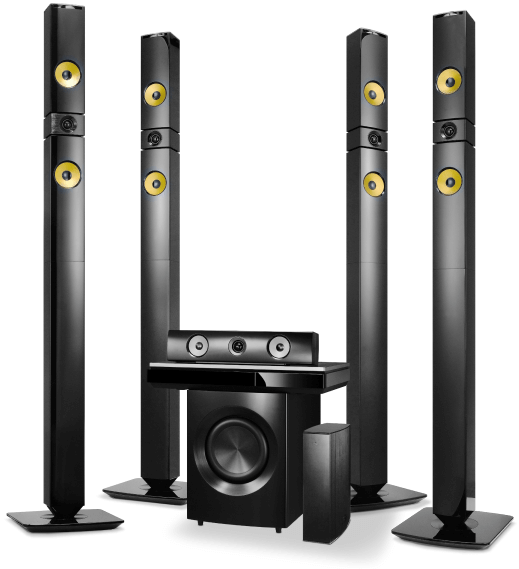
Sporting Events at Home
Is the big game on tonight? Get that stadium experience by tuning into the sport of your choice via a wide variety of internet sport-streaming services such as BT Sport, Fox Sports, Now TV, or SkyTV, and enjoy the big-screen experience for a fraction of the cost.
All the Content, All the Time
Once you incorporate a reliable internet connection into your home theater setup, the boundaries between you and all online and streaming content are veritably removed.
Between streaming services and digital movie lockers, you can access watchable content at any time of the day or night.
Create an In-Home Tech Web

You can attach all your other mobile devices to your home theater via an internet connection, allowing you to control music, streaming content, photo slideshows, gaming, and much more
Some smart home devices can also attach to your home network web, managing lighting and colors, sound and speakers, and other aspects of the atmosphere, creating a fully customizable and in-home entertainment mecca.

Internet Television in Your Home Theater
With the internet incorporated into your home theater setup, your options for streaming and media access broadens even more, including internet TV!
Internet network-based television is different from cable and satellite but still offers content through the same client-to-server model that other internet services do, such as email or websites.
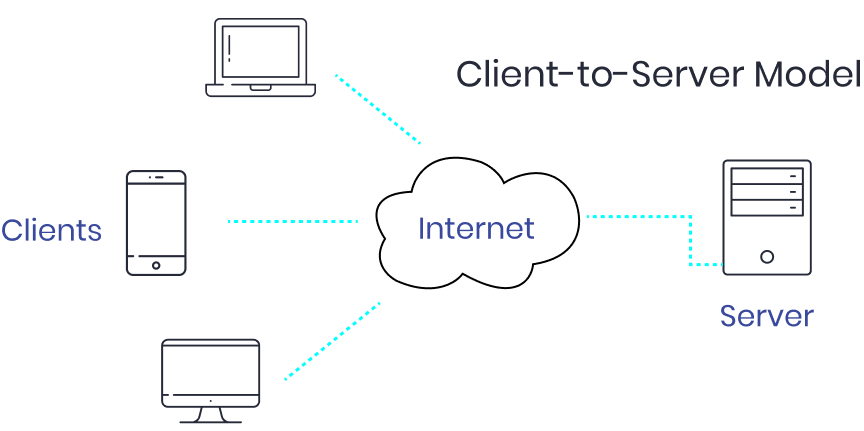
The primary difference between the two types of internet television—IPTV and OTT—depends on the privacy and dedication of the individual networks. Unmanaged network service will be slower but cheaper, while a dedicated network service will be more reliable but pricier. Let’s look at these options for internet television:
Using a private and dedicated network, IPTV offers a more consistent service with fewer interruptions, though streaming can experience slower buffering during peak hours.
It is also sold as a subscription with comparable rates to cable TV packages, but also offers view-on-demand and viewing shows on the date of release. Plus, there are no special installation considerations once you have access to broadband internet.
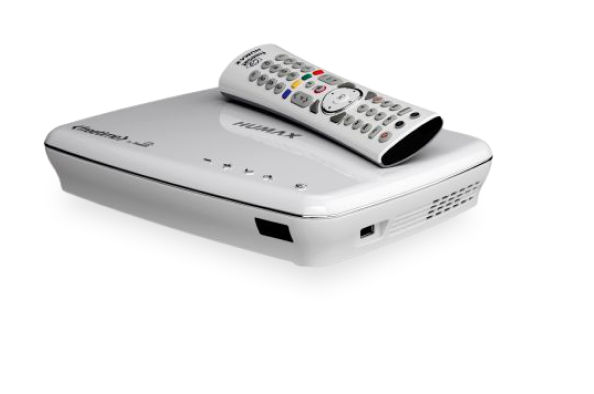
With content streamed over the same kind of open and unmanaged network as email or web-browsing services, OTT offers monthly prices as low as $5 for content—or even free—with a wide choice of providers such as Netflix or Hulu.
While most shows are available, some cable-only titles will only arrive after the end of the cable season; geographic location also adds constraints to viewing. However, because it runs off an unmanaged server, wait times and buffering can lead to slow connections for peak-hour viewing.
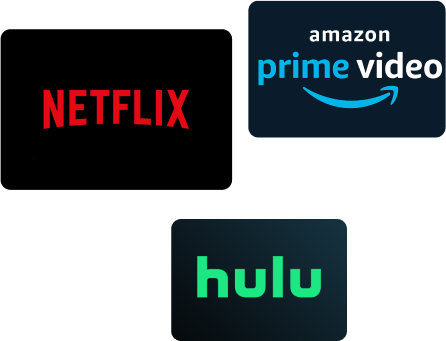
Top Internet TV Streaming Services
Prime Video
In conclusion, each type of internet has its benefits for installation in your home theater.
| Fiber Optic | Starlink | Cable |
|---|---|---|
| For setups that want the fastest internet connections with larger bandwidth demands, fiber optic internet is a reliable choice. | And while it does remain to be fully revealed, SpaceX’s new Starlink satellite internet might be even better than fiber optic cabling. | Alternatively, if you don’t have too many bandwidth requirements or latency issues, primarily using the internet to connect to streaming sites, cable internet can lead to increased savings. |
Implementing the internet into your home theater comes with all sorts of additional benefits, from parental controls to music platforms and smart home device integration.
It creates an entirely new experience for your family and guests to enjoy! So, after you decide on the best internet for you, sit back and relax to enjoy your fully integrated home theater setup.
- Why should I connect my home entertainment system to the internet?
- What streaming options do I have without cable?
- What internet services can connect to my home theater?
- What are the types of internet connections?
- What is starlink internet?
- How much does good internet cost?
- How do I connect cable internet to my home theater?
- What is fiber optic internet?
- What are the pros and cons of internet services?
- What are the best selling smart tv’s?
- Can I connect video games to my home theater?
- What are the best internet streaming services?
- Top Home Theater Seating
- 3 Seats
- Wall Hugger Home Theater Seating
- Entertainment Seating
- Clearance Sofas And Sectionals
- Recliner Chairs On Sale
- Double Recliners
- 4 Chair Home Theater
- Cloth Theater Chairs
- Leather Media Recliners
- Movie Sofa
- Inexpensive Theater Seating
- Recliners On Sale Or Clearance
- Seats For Movie Rooms
- Love Seats On Sale
- A Home Theater Sofa
- 2 Seat Theater Seating Recliner
- Buy Sectional Sofa
- Recliners Under $1000
- Small Contemporary Recliners
- Theater Loveseat With Lights
- Riser Seat Home Theater
- Ashley Furniture Theater Recliner
- Power Reclining Sofa With Console
- Black Leather L Couch
- Turbo Loveseat
- Octane Outlet
- Heated Massage Sofa
- Couch Browns
- Paragon
- Storage Couch
- Lane Recliner Spring
- Theater Sofa Headrest
- Red Leather Motion Sofa
- Palliser Sectionals Living Room Furniture
- Red Recliner Leather Chair
- Xl Sectional Couch
- Octane Zone Lhr Seat
- Theater Seats With Power
- Best Reviewed Recliner
- Indoor Hdtv Antenna
- Leather Couch Lounger
- Triple Reclining Leather Sofa
- Home Theater Systems Projector
- Best Modern Sofa
- Black Leather Reclining Sectionals
- Unique Leather Couches
- The Best Theatre Chairs Reviews
- Movie Theater Recliner Chairs
- Oversize Recliners
- Best Furniture Recliner Reviews
- 2 Piece Black Leather Sectional
- What Gauge Wire For Speakers
- Contemporary Leather Sofas
- Chair Row
- Theaters With Recliners
- Home Theater Reclining Chairs
- Modern Furniture Leather Sectional
- Modular Seating For Tight Spaces
- Powered Recliners Reviews
- Commercial Grade Theater Seating




